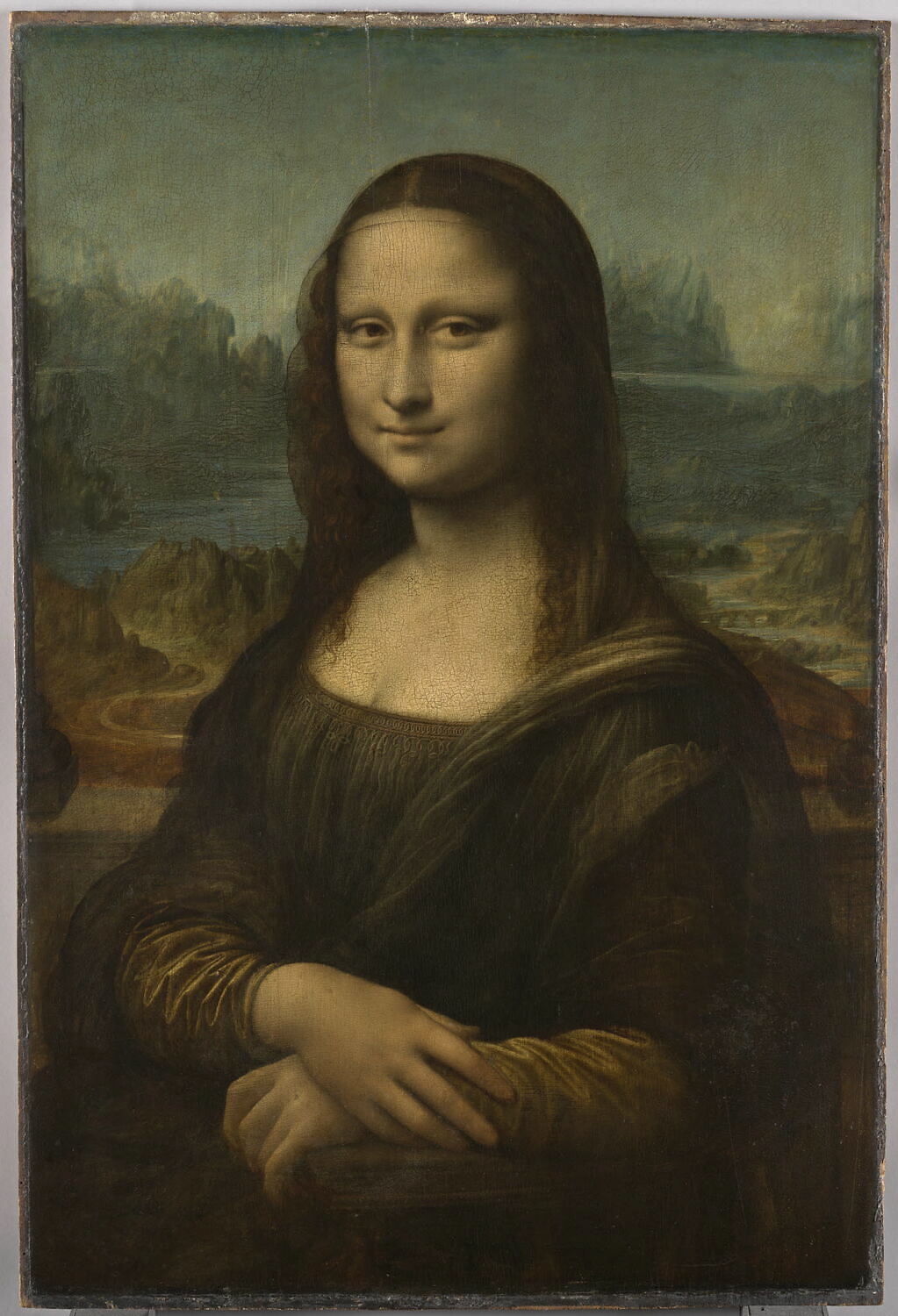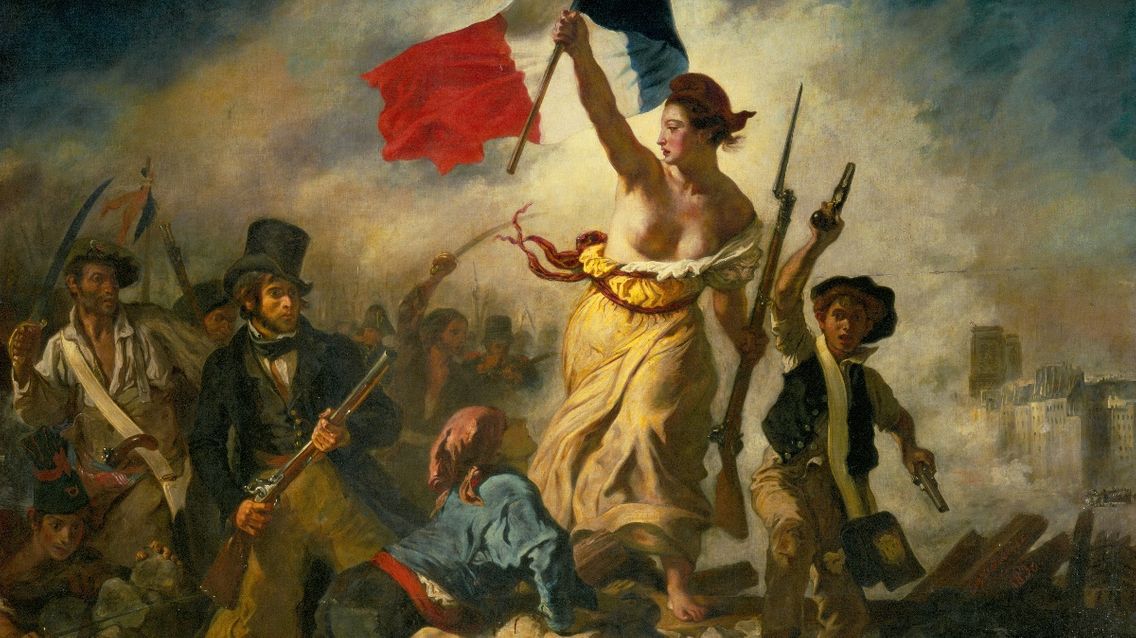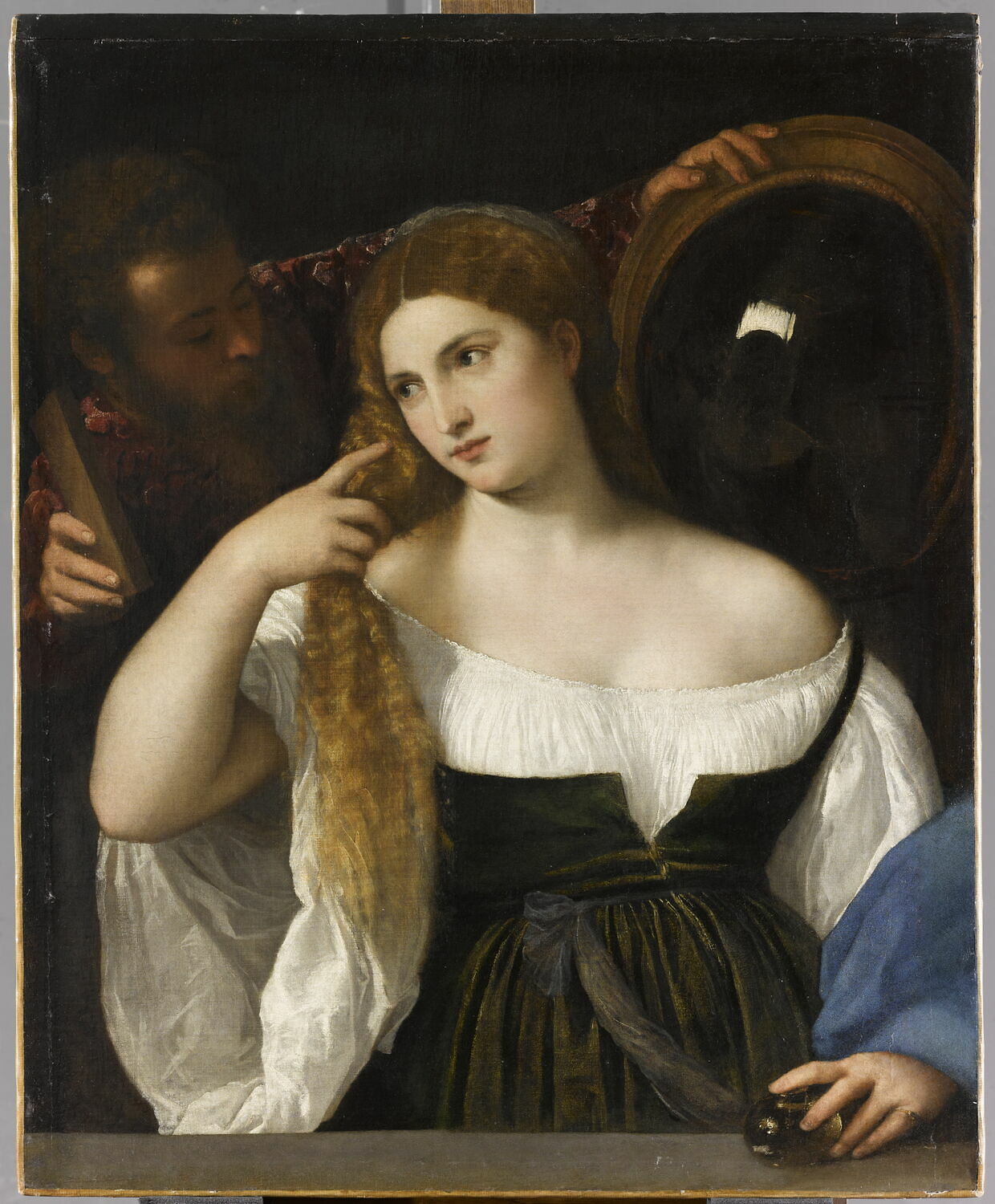[Most Recent Entries] [Calendar View]
Monday, March 29th, 2021
| Time | Event |
| 6:49a | Udacity Running a 60% Off Sale on Online Courses Through April 13
A quick heads up: Udacity is running a 60% off sale through April 13 in the US (and April 20 in all other countries). Founded by computer scientist and entrepreneur Sebastian Thrun, Udacity partners with leading tech companies and offers an array of courses (and Nanodegree programs) in data science, cyber security, machine learning, artificial intelligence, cloud computing, and autonomous systems. To get the 60% off discount, click here, select a course/program, and then use the code CYBER60 during the checkout process. Note: Open Culture has a partnership with Udacity. If readers enroll in certain Udacity courses and programs, it helps support Open Culture. Related Content: 200 Online Certificate & Microcredential Programs from Leading Universities & Companies. Udacity Running a 60% Off Sale on Online Courses Through April 13 is a post from: Open Culture. Follow us on Facebook, Twitter, and Google Plus, or get our Daily Email. And don't miss our big collections of Free Online Courses, Free Online Movies, Free eBooks, Free Audio Books, Free Foreign Language Lessons, and MOOCs. |
| 8:00a | Hear the Beautiful Isolated Vocal Harmonies from the Beatles’ “Something” How many songs did Pattie Boyd — fashion model, photographer, muse, and wife of George Harrison and Eric Clapton — inspire? It’s hard to say, since some of the lyrics purportedly written for her, like those in Harrison’s breakout “Something,” may have been for someone else, then diplomatically attributed to Boyd. Or, in the case of “Something” — the first Harrison song to come out as a Beatles A-side single and the song that convinced the world of his formidable songwriting talents — they might have been about a big, blue supernatural something. According to Joe Taysom at Far Out magazine, Harrison “became obsessive in his studies of Krishna Consciousness when he wrote the song, and more specifically, its original intent was as a devotion to Lord Krishna.” Harrison “insisted that the original lyric was ‘something in the way HE moves,’ but he changed it.” The masculine pronoun would have removed all speculation about Boyd but also would have confused listeners in other ways. In any case, Something‘s ambiguity, inherent in the title, made it a classic. Frank Sinatra once called it “the greatest love song ever written.” Harrison, as usual, demurred: “The words are nothing really,” he said in 1969. “There are lots of songs like that in my head. I must get them down.” The song first came together during the 1968 White Album sessions. “There was a period during that album,” he remembered, “when we were all in different studios doing different things trying to get it finished, and I used to take some time out. So I went into an empty studio and wrote ‘Something.’” Lacking confidence in his ability to persuade the band to record it, he first tried to give the song to Apple Records artist and old Liverpool friend Jackie Lomax. The song, he felt, came too easily and might not be good enough, and he had lifted the opening line directly from James Taylor. Lomax went with another Harrison tune for his first single, and the Beatle continued to work on “Something,” recording a demo of the finished song in February of 1969. But he still didn’t think of it as Beatles-worthy and gave it to Joe Cocker instead, who released his version that year, with Harrison on guitar. (Harrison later claimed to have written the song with Ray Charles in mind.) Whatever his reservations, he did, of course, finally record “Something” with his bandmates, with results familiar to all and everyone. But you’ve probably never heard the song as you can hear it here, with isolated vocal harmonies “you can’t put a cigarette-paper between,” writes Julian Dutton on Twitter. “Totally in simpatico; a synergy that began I suppose all those years ago on the school bus.” At the top, hear the multitrack vocals that made the Beatles’ “Something” such an incredible recording (including a fun, yelping sing-along to the guitar solo at around 1:50). Further up, hear the whole song deconstructed into its parts (with timestamps for each one at the video’s YouTube page.) And just above, hear the band figure out the harmonies in a studio demo of the song. It was, John Lennon conceded after Abbey Road came out, “about the best track on the album, actually.” Paul McCartney said of the Harrison classic that “it’s the best he’s written.” And Bob Dylan later remarked that “if George had had his own group and was writing his own songs back then, he’d have been probably just as big as anybody,” a thesis Harrison got to prove the following year with his surprisingly amazing All Things Must Pass. via Julian Dutton Related Content: How “Strawberry Fields Forever” Contains “the Craziest Edit” in Beatles History When the Beatles Refused to Play Before Segregated Audiences on Their First U.S. Tour (1964) Josh Jones is a writer and musician based in Durham, NC. Follow him at @jdmagness Hear the Beautiful Isolated Vocal Harmonies from the Beatles’ “Something” is a post from: Open Culture. Follow us on Facebook, Twitter, and Google Plus, or get our Daily Email. And don't miss our big collections of Free Online Courses, Free Online Movies, Free eBooks, Free Audio Books, Free Foreign Language Lessons, and MOOCs. |
| 2:00p | Jean-Luc Godard’s Breathless: How World War II Changed Cinema & Helped Create the French New Wave Did World War II help create the French New Wave? In a roundabout way, yes, according to this video essay by Nerdwriter. Although Jean-Luc Godard’s A Bout de Souffle (aka Breathless) was not technically the first Nouvelle Vague film, it was the film’s revolutionary look and feel, and Godard’s exquisite sense of how to work the promotional machine, that caused it to reverberate around the world. A few years later, many other countries would be launching their own New Waves: Britain, Germany, Eastern Europe, Australia, Japan, Brazil, Iran, and America. Each were particular to their own countries, but all sought to create an alternative to the dominant film culture, either Hollywood or their own country’s Hollywood-influenced film industries. That decision did not come about in a vacuum, as the video points out. After the war, France was left with $2 billion in debt. Former Interim Prime Minister and then Ambassador Leon Blum signed an agreement with America’s Secretary of State James F. Byrnes to cancel debt and to start a new line of credit. One of the provisions of the 1946 Blum-Byrnes agreement was opening France up to American cultural product, in particular Hollywood films. In French cinemas, four weeks out of every thirteen weeks would be devoted to French films. The other nine were reserved for foreign (i.e. mostly American) films. But the trade off included a tax on movie tickets, so the increased audience helped fund the French film industry. Certain results came about that were not planned. A young cinephile generation was born, and its main journal was Cahiers du Cinema, edited by writer and theorist André Bazin. The French could not lay claim to an industry like Hollywood’s, but they could point to inventing movies as we now know them (Georges Méliès and the Lumière Brothers were French), and for treating film as an art form (by the Surrealists, by the Dadaists) before anybody else, and not just as entertainment. The young critics who wrote for Cahiers du Cinema certainly loved the influx of American films, which they devoured daily in a city like Paris, especially at the Cinémathèque Française. Curated by Henri Langlois, this cinema/museum screened both new and old films, so much so that those critics began to see the artist behind the entertainment. The rise of the auteur theory, coined by Bazin among others, placed the director at the center of not just their one film, but demonstrated certain techniques and interests threading through all films that they directed. Although there wasn’t a lot of money floating around, there was still enough to make short films and those critics—Jean-Luc Godard, Francois Truffaut, Claude Chabrol, Jacques Rivette, Eric Rohmer, and others—would start to put into practice the theory that they had been writing. After a few shorts, Godard directed A Bout de Souffle, and the world wasn’t really the same after it. The film was shot on a handheld camera, by Raoul Cotard, who had used such a camera in the war for newsreels. They used available light. And the two actors, Jean-Paul Belmondo and Jean Seberg, improvised around a script that Godard would write the night before. Godard turned his brain inside-out, like emptying a bag across a table: all his cultural obsessions, not just in cinema, but in writers, philosophers, music, and more, all came out. If Godard was going to be an auteur, then this was how to do it. And yes, the jump-cut editing, as Nerdwriter points out, was shocking for the time. But so was seeing the actors walking around the actual streets of Paris. And so was hearing two people talk (and talk and talk) just like they do in real life. Even if a lot of those things have become common place these days, when everybody carries a movie camera in their pocket, Breathless still brims with life. Over the course of the ‘60s Godard and his contemporaries would both honor, indulge, and then break away from Hollywood influences. The dominance of Hollywood product began to feel like imperialism, and America’s involvement in Vietnam and its overwhelming influence on consumer culture would lead to the events of 1968, and Godard’s outright rejection of Hollywood. He would end up killing his masters, so to speak. But that was still to come. There’s still Breathless, and there’s still 1960 in Paris. Related Content: Watch Jean-Luc Godard’s Filmmaking Masterclass on Instagram An Introduction to Jean-Luc Godard’s Innovative Filmmaking Through Five Video Essays Ted Mills is a freelance writer on the arts who currently hosts the Notes from the Shed podcast and is the producer of KCRW’s Curious Coast. You can also follow him on Twitter at @tedmills, and/or watch his films here. Jean-Luc Godard’s Breathless: How World War II Changed Cinema & Helped Create the French New Wave is a post from: Open Culture. Follow us on Facebook, Twitter, and Google Plus, or get our Daily Email. And don't miss our big collections of Free Online Courses, Free Online Movies, Free eBooks, Free Audio Books, Free Foreign Language Lessons, and MOOCs. |
| 4:00p | The Louvre’s Entire Collection Goes Online: View and Download 480,00 Works of Art
If you go to Paris, many will advise you, you must go to the Louvre; but then, if you go to Paris, as nearly as many will advise you, you must not go to the Louvre. Both recommendations, of course, had a great deal more relevance before the global coronavirus pandemic — at this point in which art- and travel-lovers would gladly endure the infamously tiring crowdedness and size of France’s most famous museum. But now they, and everyone else around the world, can view the Louve’s artworks online, and not just the ones currently on display: through the new portal collections.louvre.fr, they can now view access every single one of the museum’s artworks online.
“For the first time ever,” says last week’s press release, “the entire Louvre collection is available online, whether works are on display in the museum, on long-term loan in other French institutions, or in storage.” This includes, according to the about page of the collections’ site, not just the “more than 480,000 works of art that are part of the national collections,” but the “so-called ‘MNR’ works (Musées Nationaux Récupération, or National Museums Recovery), recovered after WWII,” and “works on long-term loan from other French or foreign institutions such as the Bibliothèque Nationale de France, the Musée des Arts Décoratifs, the Petit Palais, the Fonds National d’Art Contemporain, the British Museum and the archaeological museum of Heraklion.”
The masterpieces of the Louvre are all there, from Eugène Delacroix’s La Liberté guidant le peuple and Titian’s La Femme au miroir to the Vénus de Milo and the Great Sphinx of Tanis. But so are an enormous number of lesser-known works like a Giovanni Paolo Panini view of the Roman forum, an anonymous 19th-century Algerian landscape, Hendrick de Clerck’s Scène de l’histoire de Psyché (among many other Dutch paintings), and a powder flask amusingly engraved with human and animal figures, all of them in search of their rightful owners since their retrieval from a defeated Germany. You can also explore the Louvre’s online collections by type of work: drawings and engravings, sculptures, furniture, textiles, jewelry and finery, writing and inscriptions, objects, and of course paintings. In that last category you’ll find the Mona Lisa, viewable more clearly than most of us ever have at the physical Louvre — and downloadable at that. Enter the collection here.
Would you like to support the mission of Open Culture? Please consider making a donation to our site. It’s hard to rely 100% on ads, and your contributions will help us continue providing the best free cultural and educational materials to learners everywhere. Also consider following Open Culture on Facebook and Twitter and sharing intelligent media with your friends. Or sign up for our daily email and get a daily dose of Open Culture in your inbox. Related Content: Free Art & Art History Courses Take a Long Virtual Tour of the Louvre in Three High-Definition Videos 14 Paris Museums Put 300,000 Works of Art Online: Download Classics by Monet, Cézanne & More When Pablo Picasso and Guillaume Apollinaire Were Accused of Stealing the Mona Lisa (1911) Based in Seoul, Colin Marshall writes and broadcasts on cities, language, and culture. His projects include the Substack newsletter Books on Cities, the book The Stateless City: a Walk through 21st-Century Los Angeles and the video series The City in Cinema. Follow him on Twitter at @colinmarshall or on Facebook. The Louvre’s Entire Collection Goes Online: View and Download 480,00 Works of Art is a post from: Open Culture. Follow us on Facebook, Twitter, and Google Plus, or get our Daily Email. And don't miss our big collections of Free Online Courses, Free Online Movies, Free eBooks, Free Audio Books, Free Foreign Language Lessons, and MOOCs. |
| << Previous Day |
2021/03/29 [Calendar] |
Next Day >> |








